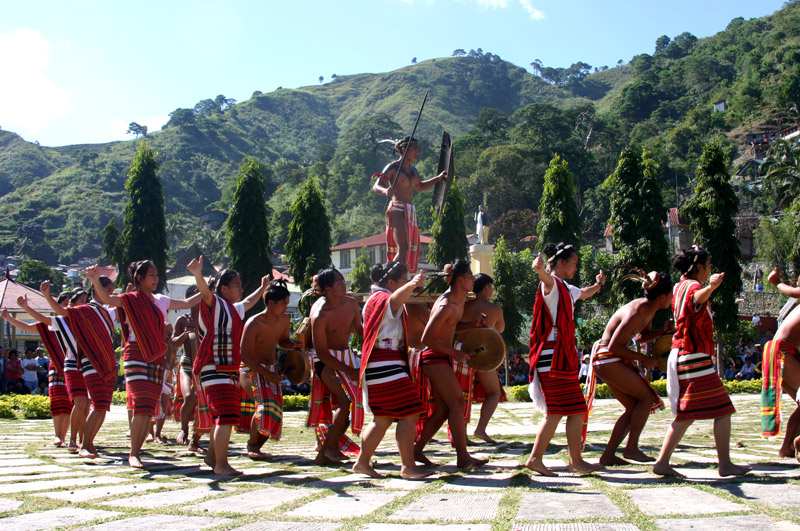ON OCTOBER 29, 1997, then-president Fidel Ramos signed into law the Indigenous Peoples Rights Act of 1997 (IPRA) or Republic Act No. 8371. This became the country’s first comprehensive law intended for the rights of an estimated one-fifth of the population.
Also known as the Ancestral Domain Law, the IPRA was modelled after the provisions of the United Nations (UN) Draft Declaration on the Rights of Indigenous Peoples, a document completed in 1993. The Declaration was later adopted by the UN General Assembly in 2007 as a non-legally binding instrument under international law. IPRA was also intended to follow provisions in the 1987 Constitution that promoted “the rights of indigenous cultural communities within the framework of national unity and development” (Article II, Sec. 22) and created “autonomous regions in Muslim Mindanao and in the Cordilleras” (Article X, Sec. 15-19).
According to a policy brief by the Institute for Autonomy and Governance (IAG), the IPRA upholds the rights of indigenous peoples (IPs) to ownership of their inherited lands, self-government, social justice, human rights and cultural integrity.
The National Commission on Indigenous Peoples (NCIP) was thus created under the provisions of the IPRA. According to its website, the commission is the primary government agency for the creation and implementation of programs for the welfare of IPs and indigenous cultural communities. All ancestral domain claims were transferred from the Department of Environment and Natural Resources to the jurisdiction of the NCIP. Informed consultation and written consent by IPs became required prior to mining projects on tribal lands. Indigenous groups were also given the responsibility of preserving the ecosystems of their domains.
The IPRA was met with triumph across the nation’s 95 indigenous tribes. In the words of the IAG policy brief, there was a “common understanding” that a law for the rights and welfare of IPs “has come at last.” However, it was soon met with numerous criticisms.
Conflicts with other existing laws were cited. One such law is the Philippine Mining Act of 1995. While the IPs’ ownership rights to their ancestral land are recognized, all minerals found in the country are, by law, owned by the government. Through the 1995 Mining Act, the activities of foreign and local corporations were welcomed. According to a report by the IBON Foundation, more than three-fourths or roughly 1.4 million hectares of Cordillera land has been overrun by mining operations. Other conflicting laws include the National Integrated Protected Areas System Law of 1992 and the Fisheries Code.
The NCIP has also been censured for its implementation of the IPRA. It has been accused of entertaining fake tribal leaders, favoring mining companies over indigenous communities and superseding laws to benefit big corporations over the welfare of IPs.
Despite the criticism, the IPRA remains as the only comprehensive law in the country for the welfare of IPs. As Raymundo Rovillos, PhD, chancellor and former dean of the College of Social Sciences at the University of the Philippines-Baguio, pointed out in an online UP forum article from 2012, “the IPRA is a very powerful, very progressive law.”
Currently, there are a number of Senate bills intended for the welfare of indigenous peoples. These include the Ethnic Origin Act of 2013, which aims to include ethnic origin in the national survey of the National Statistics Office, and the Anti-Ethnic or Racial Profiling and Discrimination Act of 2011.




